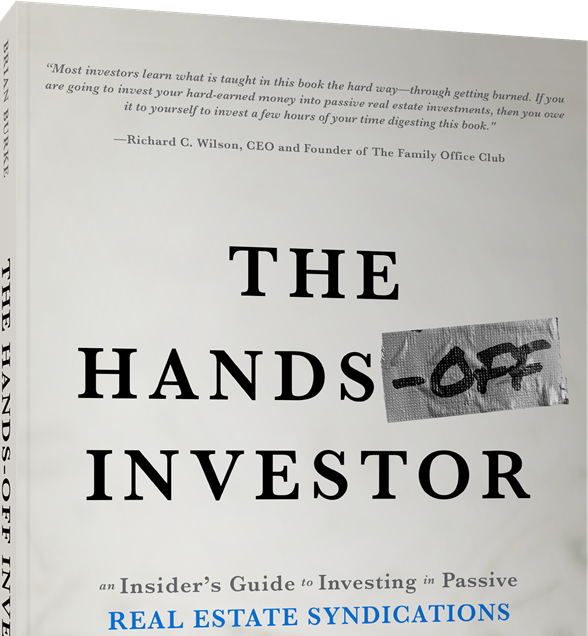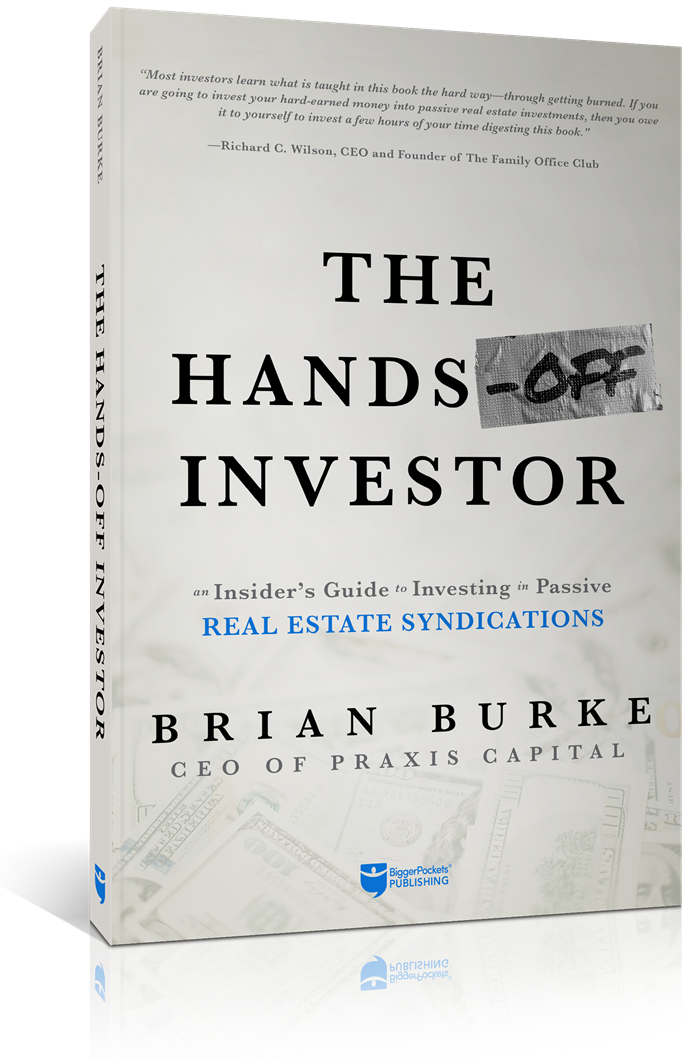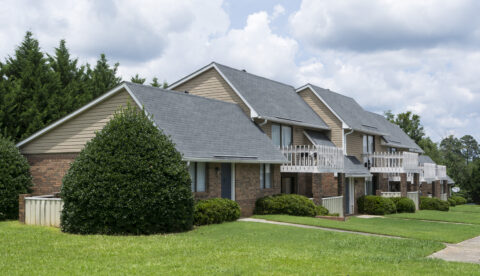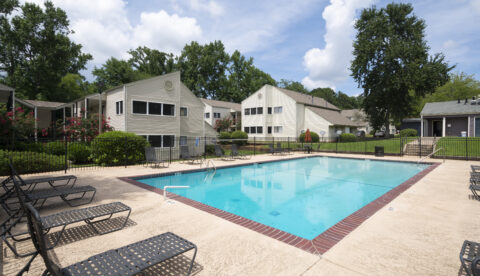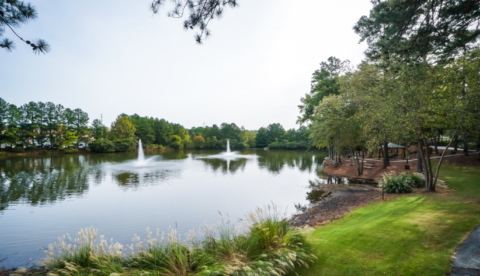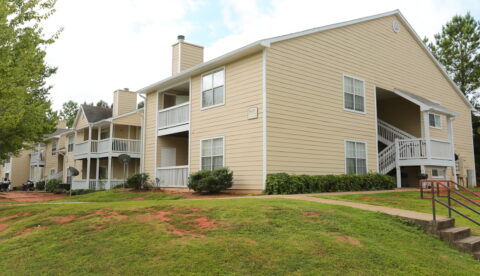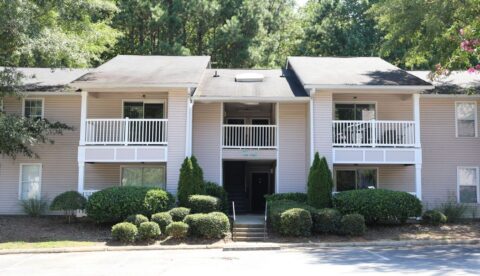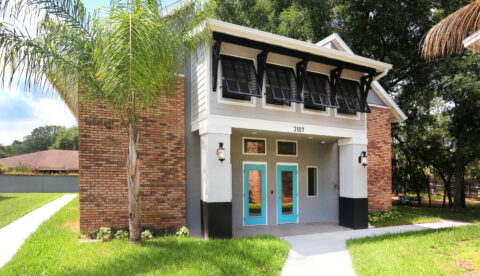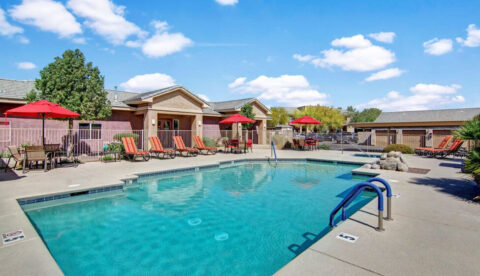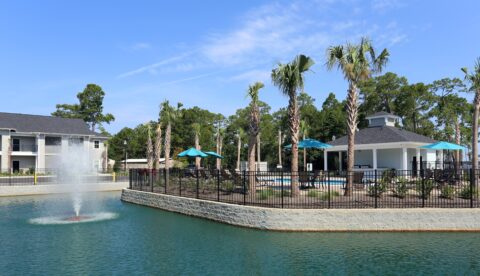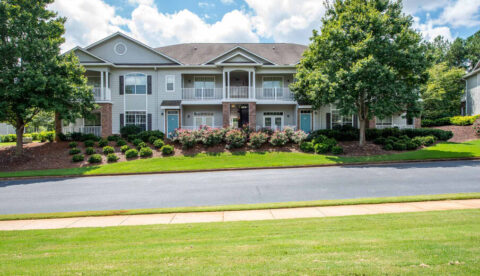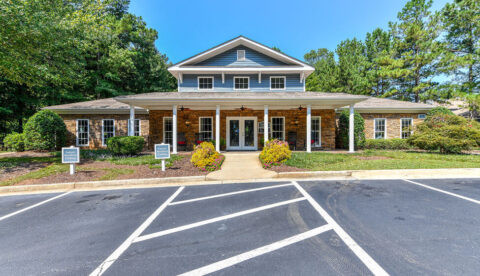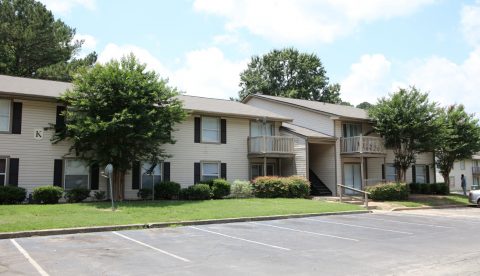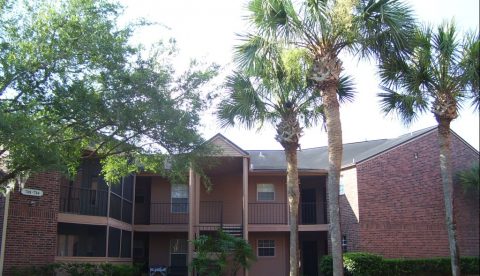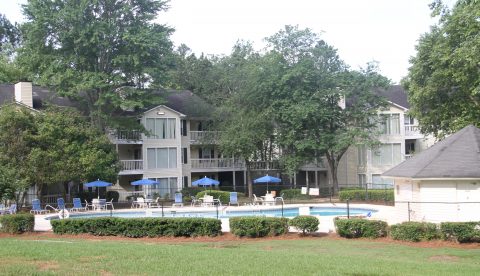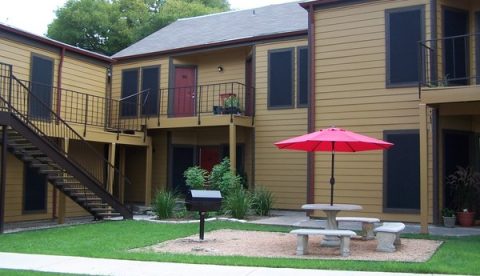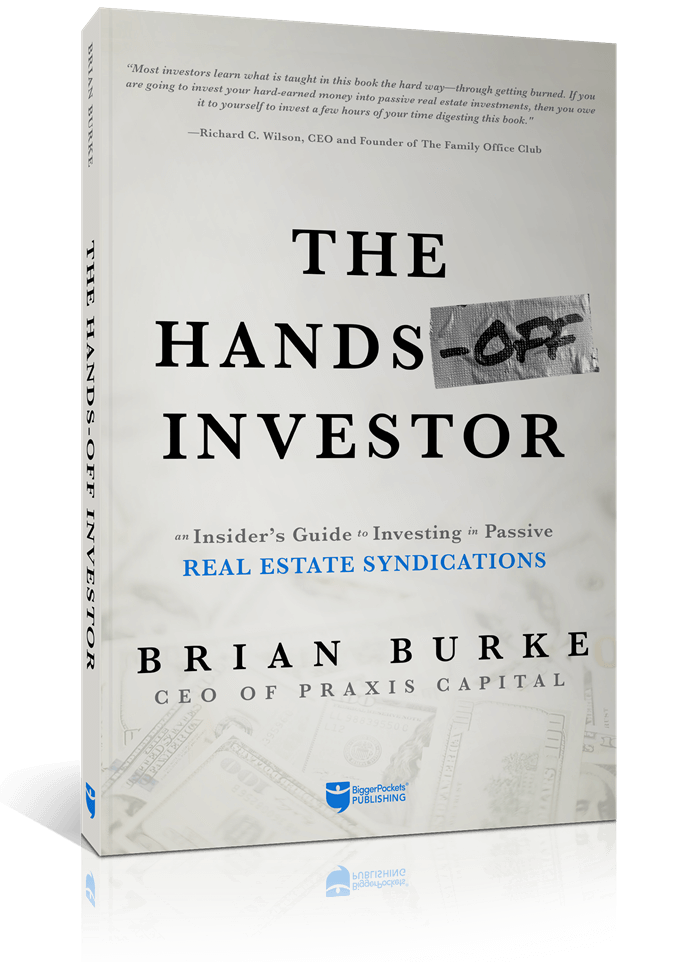The Multifamily Cycle – Where Are We Now?

Calling it a real estate “cycle” implies some degree of regularity, incorporating well-defined rises followed by predictable falls of similar magnitude and duration.
But any investor, homebuyer, seller, or even renter knows that that isn’t even close to true.
Real estate prices move in measurable but barely predictable ways, much like the prices of any other commodity or security. Even within the omnibus category of real estate, there are various sub-markets whose movements are even less subject to prediction.
Industrial, commercial, residential, etc. And within each of those, even more: the variations and fluctuations of the residential real estate market are the aggregate of its smaller and thus more volatile sectors: among others, they include luxury single-family, mobile home, and by dollar volume one of the largest of all, multifamily.
The Multifamily Market
For readers in the more rural and less densely populated parts of the country, the multifamily market might be something of an afterthought. Sure, everyone knows what an apartment building or a condominium is, but it’s easy to forget just how critical such dwellings are to daily life in the most urbanized parts of America and what a huge part of the market they make. On the other side of the coin, to a Manhattanite, detached houses can be as exotic and unfamiliar as…well, people who live west of the Hudson River.
With tens of millions of Americans living in units that necessitate sharing a wall or two with a stranger, the multifamily market continues to grow. Thus, done correctly, there can be few better real estate sectors to invest in. Of course, it’s not enough to merely find a suitable building or ownership group and buy one’s way in.
For one thing, not everyone is selling equity. Second, demand is but one part of the equation – oversupply can ruin your investment as effectively as a bomb or a neighboring pig farm can. (Maybe even more so. Insurers don’t sell oversupply coverage.) So, knowing which direction the multifamily property market is heading in can spell the difference between an informed investor and someone who’s just throwing money at random investments.
The Importance of the Regional Market

But a unitary, national multifamily property market doesn’t really exist. Maybe it does in Monaco or Liechtenstein, but not in a country with 2½ million multifamily properties. There are always pockets of the United States that are clamoring for greater multifamily construction (e.g. Las Vegas), others where urban flight has turned once-prosperous apartment buildings into abandoned relics (Toledo), and still others where multifamily development isn’t significant enough to attract huge dollars (Thermopolis, Wyoming.) Better to look at local or at least regional multifamily markets and see which ones are trending in a suitable direction.
Fortunately for the prospective investor who relies on data, the large players in the multifamily market operate pretty much regionally anyway. Unlike, say, automobile manufacturers or software producers, multifamily property developers typically concentrate their efforts only in select parts of the country. Take the largest multifamily real estate investment trust, suburban D.C.-based AvalonBay. The company’s interests are restricted to fewer than 300 multifamily properties, all of them based on one coast or the other. AvalonBay’s next largest competitor is Equity Residential, out of Chicago, which also boasts around 300 properties, again in the major population centers of the Northeast, the Northwest, and California.
Other Considerations
Among the myriad stock indices Standard & Poor’s calculates is the S&P Global United States REIT Multifamily Index, which weighs the prices of some of the largest multifamily real estate investment trusts. The index contains only 13 components.
It’s only natural that the widest variation should be at the bottom, where the least capitalized REITs are. (AvalonBay is 200 times the size of BRT.) But that doesn’t explain why all but one REIT have increased in value over the past year. The market is unquestionably simmering. To continue the stove-based analogy, is it bubbling?
But, let’s back up for just a minute…are REITs a good way to invest in real estate? Perhaps for some, as publicly traded REITs do provide investors with liquidity. However, REITs are closely correlated to movements in the stock market. Which can defeat the attempt at diversifying ones’ investment portfolio.
Again, it depends on what and where we’re talking about. There are plenty of factors to consider beyond market demographics. For instance, how much foreign money is coming in? Are Chinese and European investors going bullish on multifamily properties? And if they are, is it because they want to achieve healthy returns, or merely because they need a safe place to guard their money and the United States has traditionally filled that role?
Are we starting to see lasting cultural shifts, harbingers of a fundamental change in living patterns? For instance, much to the bewilderment of many people in their 40s, the succeeding generation doesn’t seem all that interested in owning and maintaining automobiles. If you’re content to spend your life using nothing but public transportation and carshare services to get around, yet still financially healthy enough to afford a vehicle of your own, are you really going to be that sold on the idea of a 30-year mortgage and a lifetime of home maintenance? The freedom of being tied down to nothing more demanding than a lease is so attractive to so many young people that multifamily properties could well be the domicile of choice for more and more people of subsequent generations.
A recent NREI survey shows a majority of respondents estimated that most High Net Worth Investors (HNWI) allocate somewhere between 6 percent and 25 percent of their portfolios to real estate. Overall, 63 percent of respondents answered that HNWI are in that range. Another 22 percent answered that HNWI have even greater allocations (26 percent or more of their portfolio). HNWI have a variety of options for investing in the sector. As opposed to REITs, a majority of respondents (54 percent) say those placements come in the form of investments in private real estate equity funds.
Final Thoughts

One way to capitalize on multifamily investments through the entire cycle is to employ an absolute return strategy, which is fairly cycle agnostic. Maintaining a disciplined approach and underwriting conservatively, properties which offer a “value-add” opportunity can be purchased at or below current market value. Additional value can then be “created” through the renovation and repositioning of the asset. This allows investors to receive high risk-adjusted returns, with a built-in margin of safety.
A sharp investor who values her time is much better off piggybacking off the knowledge of industry experts, including private equity firms that have experience in the arcane world of identifying and capitalizing on promising real estate investments. Firms that have collective purchasing power beyond that of most individual investors, and a knack for finding properties that the larger firms in the industry are neither nimble nor detailed enough to find.
